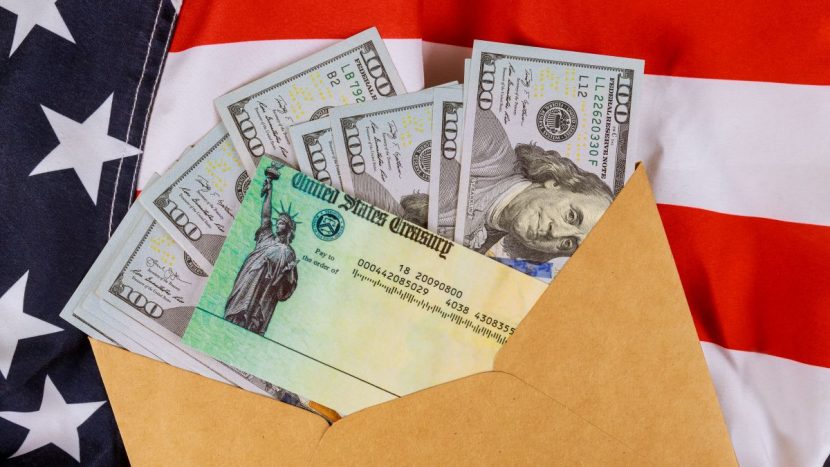
Last week, the Senate failed to pass the latest version of the Republicans’ stimulus bill, making it less likely we will see another relief package before the election. As CNN reports, Congress may now focus on passing a short-term bill to keep the government funded before the September 30 deadline.
This may be tough news if you’re one of the millions of Americans struggling to make ends meet—particularly if you have been waiting for more unemployment benefits, Paycheck Protection Program funding, or another stimulus check. Fortunately, there are still some other relief programs to turn to for support.
Eviction ban
There is currently a nationwide eviction moratorium through December 31, 2020. You may qualify if you have made your “best efforts” to seek other government assistance and earn less than $99,000 per year ($198,000 if filing jointly). You need to prove pandemic-related financial hardship and that getting evicted could increase your risk of getting COVID-19. To be eligible, you also must make timely partial rent payments as close to the full amount as possible.
G/O Media may get a commission
Pause on federal student loans
You may also qualify for a pause on federal student loan payments. The temporary pause lasts through December 31, 2020—and the Department of Education has confirmed this period counts toward forgiveness for Public Service Loan Forgiveness and income-driven repayment plans.
Unemployment assistance
Although the extra $600 weekly unemployment payments expired in July, some states are now offering $300 per week through the Federal Emergency Management Agency (FEMA). There is a list of which states currently have grants for the extra assistance here.
To qualify, you must be unemployed or have had reduced hours because of COVID-19. You also must have been eligible during the first three weeks of August and receive weekly benefits of at least $100.
Free school lunch
The United States Department of Agriculture’s free school lunch program has been extended through December 31, 2020. Your children may qualify for free nutritious meals, even if local public schools close due to the pandemic.
If you’re struggling to pay for food, you may also qualify for other food assistance programs—like SNAP or WIC—and you may visit local food pantries regardless of your income.
Seek local aid
Depending on where you live, your state, county, or city may also offer aid. You may be eligible for more than you expect—like industry-specific relief—so don’t be afraid to ask for help. You may use Candid to search for coronavirus relief funds by location.
For example, the state of Tennessee is offering funds through the state’s Temporary Assistance for Needy Families (TANF). There are also local programs like aid for hospitality workers, free broadband access, and free financial counseling.
